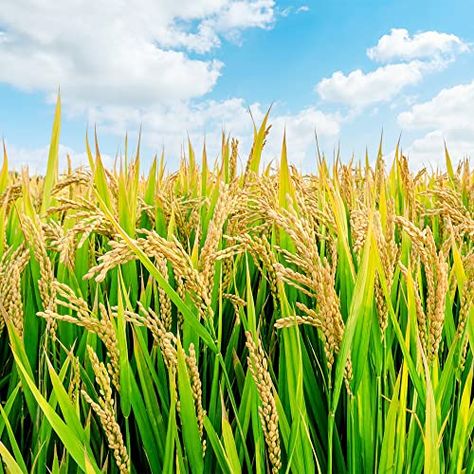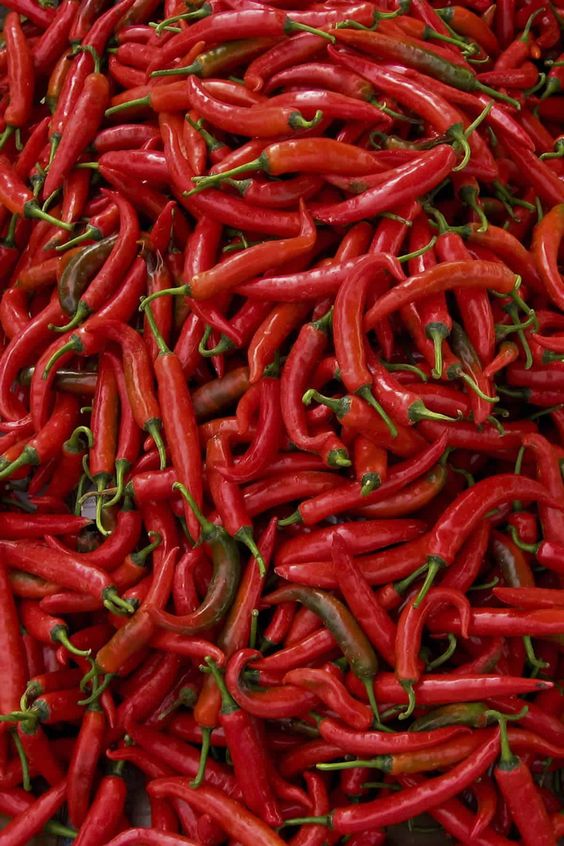Harnessing the Big Red Chili: Using Smart Agriculture to Cultivate Peak Performance in Peppers
Big Red Chili,The fiery allure of the big red chili pepper, a staple in cuisines worldwide, transcends its bold flavor. As a lucrative cash crop, it plays a significant role in the agricultural sector. However, maximizing chili pepper yields often faces challenges like unpredictable weather patterns, pests, and diseases. This is where the revolutionary concept of Smart Agriculture steps in.
Smart Agriculture, also known as Precision Agriculture, utilizes innovative technologies to gather real-time data on crops and their environment. This data empowers farmers to make informed decisions regarding irrigation, fertilization, pest control, and disease management. For a crop like the big red chili pepper, known for its sensitivity to environmental factors, Smart Agriculture holds immense potential.
Contents
The Advantages of Smart Agriculture for Big Red Chili Peppers:
-
Precision Irrigation: Chili peppers require consistent moisture levels for optimal growth. Smart irrigation systems, equipped with soil moisture sensors, can deliver water directly to the root zone, minimizing evaporation and water waste. This not only conserves a precious resource but also helps prevent fungal diseases that thrive in overly wet conditions.
-
Data-Driven Fertilization: Traditionally, fertilizer application is often based on estimations. Smart Agriculture introduces soil nutrient sensors, which analyze the soil composition and provide insights into the specific needs of the chili plants. This allows for targeted fertilization, ensuring optimal nutrient uptake for healthy growth and vibrant fruit development.
-
Proactive Pest and Disease Management: Environmental monitoring systems, integrated into Smart Agriculture platforms, can track temperature, humidity, and other factors that influence pest and disease outbreaks. Early detection allows for the implementation of targeted control measures, minimizing crop damage and the need for harmful chemical pesticides.
-
Improved Yield and Quality: By optimizing growing conditions, Smart Agriculture fosters healthy plant development, leading to increased chili pepper yields. Additionally, consistent moisture and nutrient levels promote uniform fruit size and enhance the overall quality of the harvest.
-
Reduced Labor Costs: Smart Agriculture automates several processes, such as irrigation and data collection. This frees up valuable time for farmers to focus on other crucial aspects of their operations, potentially reducing labor costs.
Implementing Smart Agriculture for Big Red Chili Peppers:
Embracing Smart Agriculture requires a multi-pronged approach:
-
Sensor Integration: Deploying sensors for soil moisture, temperature, humidity, and nutrient levels is fundamental. These sensors continuously collect data, painting a detailed picture of the chili plant’s environment.
-
Data Analytics and Visualization Platforms: Collected sensor data needs to be translated into actionable insights. User-friendly platforms that visualize the data allow farmers to identify trends, potential problems, and areas for improvement.
-
Precision Equipment: Smart irrigation systems that deliver water based on real-time data requirements are crucial. Additionally, equipment for targeted nutrient delivery and automated pest control measures can be integrated.
-
Farmer Training and Support: Smart Agriculture requires some level of technical expertise. Training programs can equip farmers with the knowledge and skills necessary to operate and interpret the data generated by these technologies.
Challenges and Considerations Big Red Chili:
While Smart Agriculture offers undeniable benefits, some challenges need to be addressed:
-
Initial Investment Costs: Implementing Smart Agriculture technologies requires upfront investment in sensors, platforms, and potentially new equipment. However, the long-term benefits, such as increased yields and reduced costs, often outweigh the initial investment.
-
Technical Expertise: Operating and interpreting data from Smart Agriculture systems might require some technical training for farmers. Government and agricultural organizations can play a role in providing educational programs and support services.
-
Connectivity Issues: Smart Agriculture heavily relies on real-time data transmission. Rural areas might face limitations in internet connectivity. Investing in infrastructure development and exploring alternative data transmission methods can help overcome this obstacle.
The Future of Big Red Chili Peppers: A Smart and Sustainable Vision
Smart Agriculture presents a revolutionary approach to cultivating big red chili peppers. By harnessing the power of data and innovative technologies, farmers can optimize growing conditions, maximize yields, and ensure consistent high-quality produce. As the technology evolves and becomes more accessible, embracing Smart Agriculture will become a key driver for sustainable and profitable chili pepper farming.
Conclusion Big Red Chili:
The fiery red chili pepper, a symbol of culinary zest, can benefit tremendously from the data-driven approach of Smart Agriculture. By implementing these technologies, farmers can cultivate a brighter future for their chili pepper crops, fostering higher yields, improved quality, and a more sustainable agricultural landscape. As with any transformative approach, collaboration between farmers, technology providers, and government agencies is crucial to ensure a smooth transition towards a smarter and more profitable future for the big red chili pepper industry.




